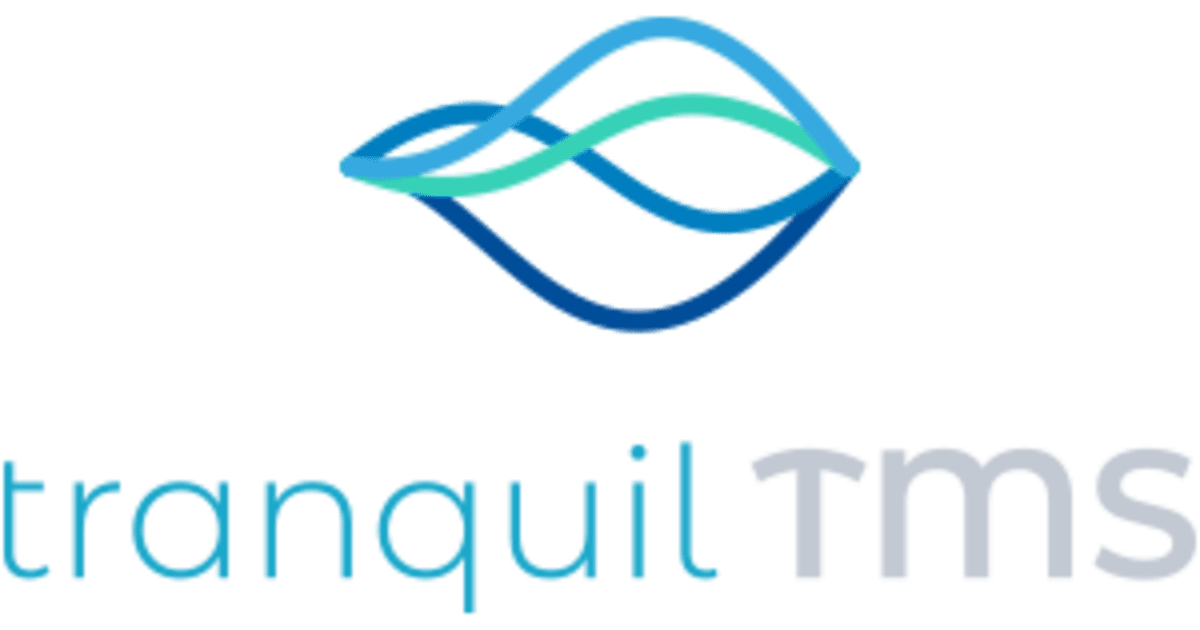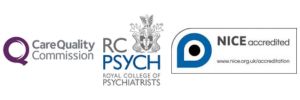Repetitive Transcranial Magnetic Stimulation (rTMS) is a non-invasive method to treat depression, anxiety and certain types of pain. It offers an effective and drug-free alternative to traditional approaches. By utilizing magnetic stimulation to target specific regions of the brain, rTMS taps into the brain’s intricate electrical workings to bring about therapeutic effects.
Why magnetic stimulation?
In 1831, Faraday showed that when a magnetic field changes quickly, it can create an electric current in a nearby conducting wire – the phenomenon being known as electromagnetic induction. Using this idea in 1985, Prof. Anthony Barker and his team from the University of Sheffield invented rTMS machine to study nerve conduction. Later on, as brain is an electric organ, researchers studied the effects of applying a magnetic field on the outer layer of the human brain called the cerebral cortex and found it to be promising as a therapeutic tool.
How does rTMS work as a therapeutic tool?
The brain is a complex organ, and different regions have different functions. All brain functions are carried out by nerve cells through the transmission of electrical and chemical signals.
In rTMS, a special electromagnetic coil is positioned on the scalp. The coil sends magnetic pulses into the brain to a depth of about 2.5- 3cm to activate the surficial neurons. The electromagnetic field created alters the electrical impulses and triggers the release of neurochemicals and nerve growth factors.
The impact of this magnetic pulse on the neurons depends on the frequency of the pulse, as it can either stimulate or inhibit their activity. For example, in the treatment of depression, a frequency that stimulates the appropriate nerves is selected, while in the case of anxiety and pain management, a frequency that inhibits nerve activity is chosen.
rTMS also increases blood flow to the targeted area. This increased blood flow brings more oxygen and nutrients to the region, supporting its function and overall health.
rTMS therapy can be used to treat conditions such as depression, anxiety, and certain types of pain. By gently stimulating specific areas of the brain, rTMS aims to improve brain function and alleviate symptoms.
What are some ailments that can be treated by rTMS
The therapeutic potentials of rTMS have been demonstrated for depression, generalized anxiety disorder (GAD), obsessive-compulsive disorder, posttraumatic stress disorder, Bipolar depression and cocaine addiction. The treatment is safe across the age.
Benefits of rTMS
Here are five benefits of rTMS:
- No sedation or anaesthesia: Unlike some procedures that require sedation or anaesthesia, rTMS does not. This reduces the associated risks and eliminates the discomfort and side effects often associated with sedation or anaesthesia.
- Few side effects: rTMS has shown minimal negative side effects or safety risks. Only a small percentage of patients (10-30%) may experience discomfort such as headaches. While there is a very small risk of seizure (less than 1 in 30,000), proper screening is conducted before rTMS treatment.
- Quick onset of action: Many patients experience a positive response to rTMS treatment in a relatively short period. Within the first week or two of treatments, around 75% of patients see a significant reduction in depressive
- No recovery period: Since rTMS does not require sedation or anaesthesia, there is no need for a recovery period after each session. Patients can resume their daily activities immediately after treatment.
- Cognitive improvements: Depression can often impact cognitive functioning. High-frequency rTMS has been found to enhance attention, memory, and executive functions like decision-making and reasoning. Patients may experience improvements in cognitive abilities alongside their emotional well-being.
These benefits make rTMS an appealing therapeutic option for individuals seeking treatment for depression and other conditions.
Safety of rTMS
In 2015, the National Institute for Health and Care Excellence (NICE) granted approval for the use of rTMS in depression treatment. NICE stated that the evidence regarding repetitive transcranial magnetic stimulation for depression indicates no significant safety concerns, while its short-term efficacy is considered satisfactory.
The side effects of rTMS are generally mild and may include scalp discomfort, headaches, facial muscle tingling, spasms, and light headedness. Rare side effects of TMS may include seizures, mania (emotional highs) in individuals with bipolar disorder, and potential hearing loss if proper ear protection is not utilized during treatment.
Takeaway
rTMS holds great potential as a non-invasive and effective therapeutic option for various neurological and psychiatric disorders. The side effects are usually minimal and are outweighed by the therapeutic outcomes.


